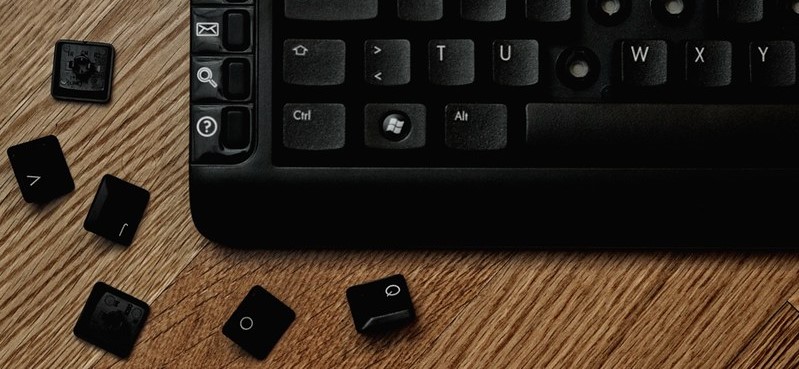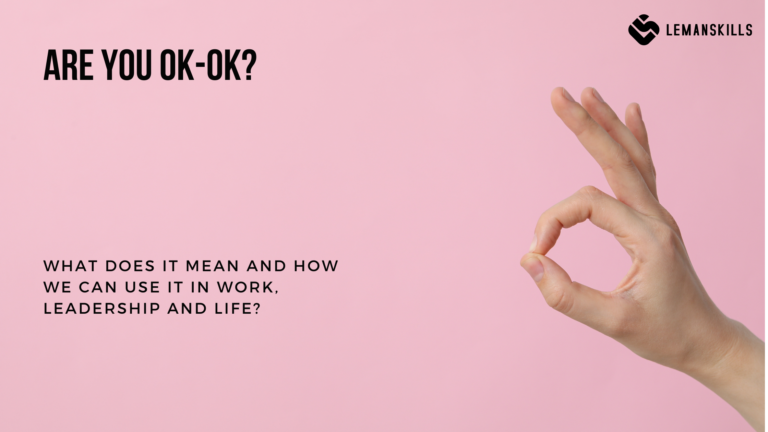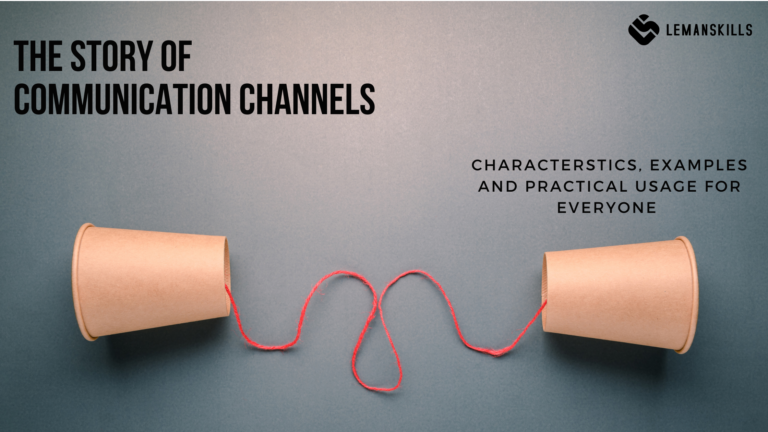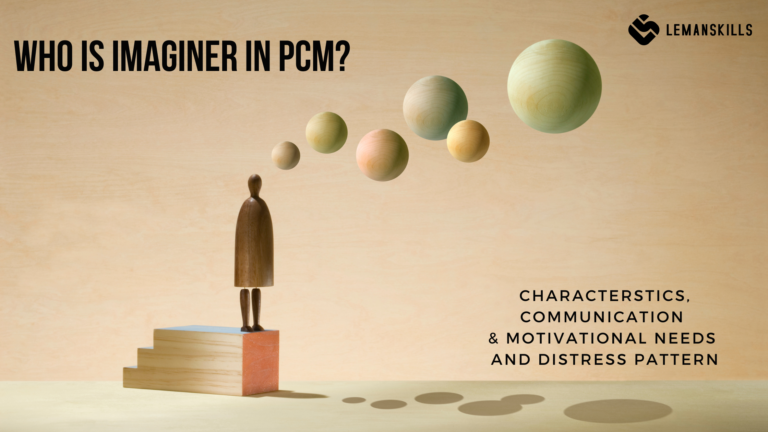During the last 3 years, many of us went through a complete shift of working. We needed to adjust and organize ourselves when the Covid hit, when we could’ve we moved to working from home. The school went home, as well as movie theaters, malls, universities and so on. Our homes became places with multiple functions and we needed to learn how to operate like that without going crazy.
After a while we wanted “normal” so badly that we could’ve done anything to be outside, even a walk around the building became something special. Every trip to the grocery store was an actual event.
And now we are at this place where a lot of us reshaped their lives, changed the way we work, shop, take care of our families and organize free time. We got used to things that before pandemic seemed impossible, like distant learning or working fully remotely. People will adjust to anything when the circumstances push them and that’s what happened to us 3 years back from now.
When we think about working remotely 100%, a lot of research shows that in many cases it doesn’t really matter for whom we click on the computer. We are less attached to the employee and people (especially emotionally), we make faster decisions about the job change. We don’t care that much as long as the conditions are good for us. On the other hand, I remember the times before Covid, when I was in the organization where we built strong connections and even when the times were tough, we did stick together, supporting each other. And many friendships I have from that time are still with me nowadays. Is it even possible without a real human connection and being together in the same room more often to build a value like that?
Should we go hybrid without any specific structure around it? Should we leave people total freedom counting on their good will so they’ll figure that that’s good to be in the office more often? Or should we say to them that we are coming back to the office and they just need to deal with it?
How to organize work environment so nobody hates the firm and don’t quit? Let’s take a look on that.
Hybrid vs remote vs onsite – pros and cons
There are 3 options when we think about organizing work in the company. Each of those has its own pros and cons, taking into consideration two sides of the story: employer and employee. We are going to put both arguments in the same category, so we structure the way of working, not the perspective itself.
What to do when I want to organize work 100% onsite?
Many of us work onsite all the time: Covid or not Covid. Health care, production/industry front line workers, traditional commerce, governmental offices and many more. But when we think about office employees, whose work can be done from home and we want them to work onsite 100% of the time (like mostly was organized before pandemics), we need to take into consideration the main elements. What I gathered is not all of the elements that exist, but my goal here is to show you the broader perspective that can be helpful in making your own decision.
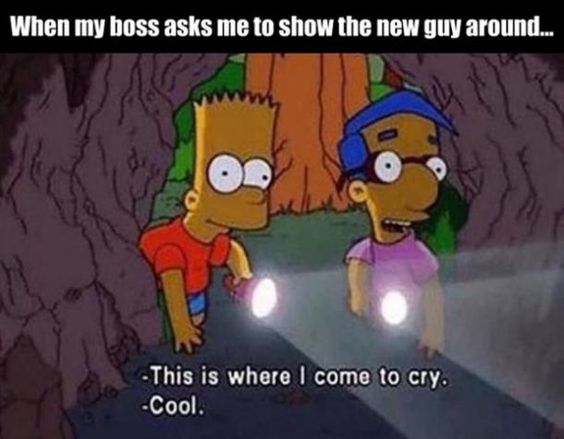
Pros of working 100% onsite:
- Everyone is at the same place, at the same time – it allows us as a company to fully use office spaces that we have, to organize events, food, training sessions, meetings or conferences onsite
- No one is excluded from what’s happening in the office (because they work remotely)
- No troubles with bad internet connection, being distracted by notifications, stimulus from home environment
- Quick gathering information from the people that sit next to us, no need to wait until somebody replies to an e-mail or Teams message
- The relations are build every day, during office gatherings, meetings or eating together
- It’s easier to onboard a new employee (especially when there is a specific technology, equipment in the office), to show them everything onsite
- Manager can react faster when something is wrong within the team (the signals are there all the time)
Cons of working 100% onsite:
- Limited talent pool (recruiting only in the area/city where the office is located)
- High office costs (rent, media, food, maintenance services, commute – if we have it as a benefit for employees etc.)
- Noise, being distracted by the other people walking around, asking questions or asking for advice
- Commute time
- Not comfortable all-size-fits-all office spaces (desks, chairs etc.)
What to do when I want to organize work 100% remote?
During covid, most of the people whose work was possible to do remotely, went home – effective immediately. It was the safest approach, which aim was to stop virus from spreading with keeping business continuity going. For many it was extremely hard at the beginning, especially when they had small apartments and/or kids with a school at home. Many didn’t have proper desk or chair – I literally know about the cases when someone needed to put the ironing board in the toilet and that was their place to have Teams calls.
But, as mentioned before, after a while a person get used to anything when they need to. We organized our “office space” at home as well as possible, we created the rest of our lives somehow around the work and keep going. The impossible before the pandemic became possible, even comfortable for some of us.
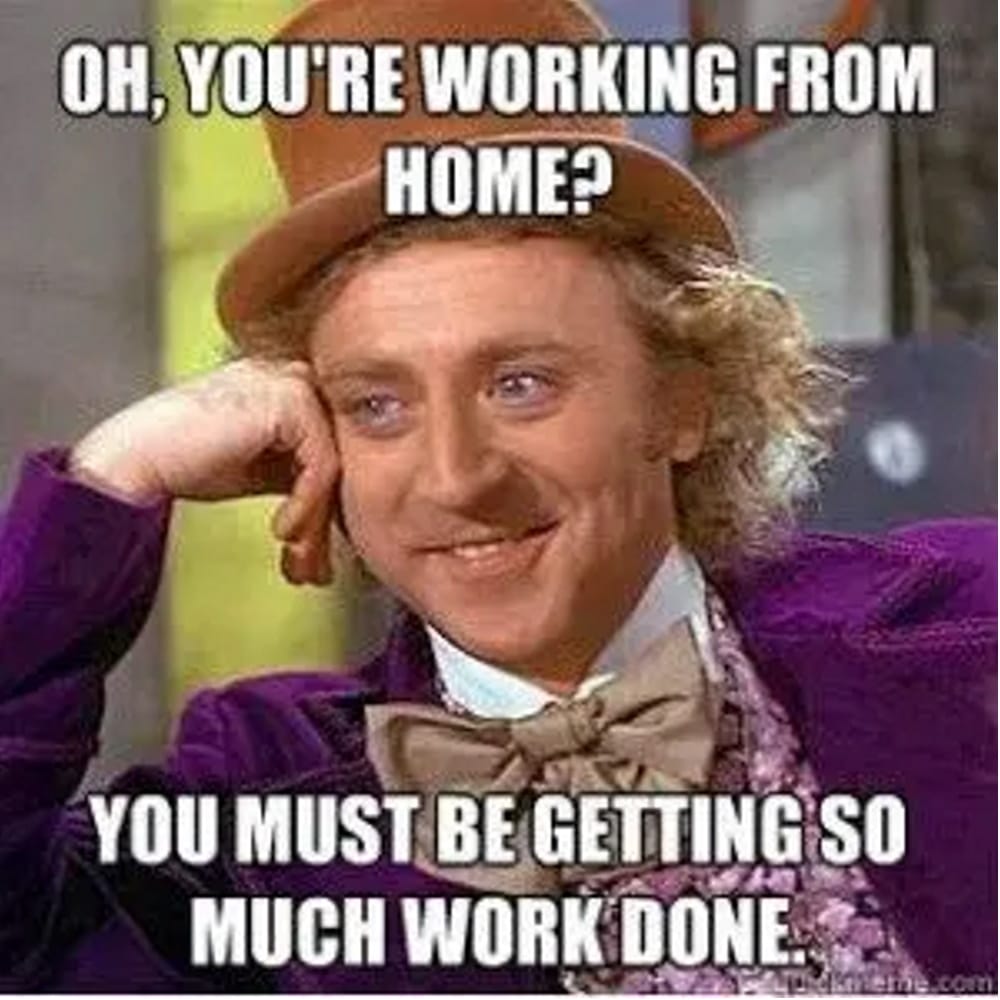
Pros of working 100% remote:
- No need to keep the office (cutting fixed costs – sometimes a huge amount of money)
- Reduce other office-related costs (rent, media, food, maintenance services etc.)
- Everyone is remote so it’s easier to organize meetings: always 100% remotely (no inequalities)
- We have an access to the whole global talent pool
- Employees save commute time that they can invest in their hobbies, spending time with their families or friends etc.
- It’s more eco-friendly: we don’t use transportation = we save energy and fuel
Cons of working 100% remote:
- There is a risk of no loyalty/low engagement (there is no difference for which organization
“I click on the computer”) - Relations “don’t make themselves on their own” – we need to organize the time and space to build them
- When we use the global talent pool and the team becomes more and more diverse, there are cultural differences that may be a big challenge for managers to deal with on a daily basis
- It can take a long time to get an answer for a Teams message or an e-mail (when a person is not responsive – I cannot just approach the person and ask a question)
- Resistance of turning on the cameras can decrease the engagement in the meetings/workshops as well as in effective management (I don’t see the reactions or emotions of people so I cannot address the situation properly) which can lead to more conflicts, misunderstanding in communication etc.
- The trust is harder to build since we don’t have deeper relationship (no trust = no engagement)
- If we have troubles with setting boundaries, we can never leave work – the lines can be blurred and our work-life balance can be disrupted
- Isolation (not being around other people, even just physically in the same space) in a longer period of time can lead to depression or other mental health disorders – it’s especially connected to the people who live alone (even when they say they don’t need anyone and they’re perfectly fine on their own)
- Inequalities in internet connection (some cities/regions have very poor infrastructure so they can’t be on cameras or they lose connection, it crashes all the time) can influence the comfort of work: especially during the calls
What to do when I want to organize hybrid work?
One of the most difficult post-Covid for companies who have office workers is: should we come back to the office? Even when we can see that work can be done well at home, don’t we miss being together at the office? Shouldn’t we try to recreate the relations, atmosphere, shared meals and coffee? But what if our employees will resist and say that they don’t want to do it anymore?
Hybrid work can be done in few different ways, in this article I’ll cover the situation when employer decides that employees should be at the office certain number of days per week/month (let’s say that it’s 2 days in the office, 3 days remote).

Pros of working hybrid:
- Building relationships within and between the teams in the office space
- Gathering information faster with cooperation onsite with others
- Flexibility in organizing remote and onsite days for employees and managers
- Possibility to learn how to be more adaptive in planning work (i.e. at home I do individual, focus-needed tasks and at the office I take part in meetings, trainings, workshops, brainstorming sessions, shared meals etc.) which can increase efficiency and effectiveness of work
- Diversity of environment (onsite and online) can bring stimuli and reduce the risk of burnout or low engagement
- Changing landscape, being among people can protect us from mental health issues (i.e. connected to the isolation while working fully remotely)
- Office equipment to use (office space, desks, IT tools, printers, good coffee, better light – i.e. when I can’t afford it or don’t have this quality at home)
Cons of working hybrid:
- It’s hard to reorganize life one more time (we did it when the Covid hit, now we need to do it once again)
- Some of us moved to the countryside, to another city (or country), so it’s hard to be in the office certain amount of time per week/month
- If the days onsite/remote are not repetitive (roughly the same each week), it can be hard to stick to the same structure (i.e. when you have kids and they need to be in certain places at a certain time)
- When team members are not on site/remote at the same time, there is no equality (or even possibility) in meetings or workshops (hybrid version doesn’t work at all in my experience in educational practices)
- It can be harder for some people to switch more frequently between the work environment (organized at home and in the office)
As we can see, each option has its pros and cons. And it’s almost equal numbers of arguments in each section, so it makes the decision about what to choose even harder. So how to choose wisely?
How to organize work in the constant change?
Many of us experienced multiple changes in the last couple of years.
Globalization of the business, tech boom, wars all over the world, inflation, bad economy.
Covid, waiting for a vaccine so we can “go back to normal” (even when we don’t even know what “normal” means anymore), doing everything at home, isolation, saying “hi” with touching the elbows.
In the organizations we needed to move a lot of work to fully remote mode, sending employees home, often without proper preparation. Managers needed to change the way they manage teams, for many of them if was the first time when they didn’t see their employees in the office space on a daily basis. We needed to adjust our tech solutions, processes, policies and everything that was necessary to keep the business going.
Taking all of that into account, adding the trials of 4-day work week in some countries, the new discoveries of people (many discovered over the pandemic that they don’t want to be in the rat’s corporate race anymore), labor law changes (i.e. in Poland a huge one coming in April), organizations need to rethink how they want to shape their cultures. The question is: how to organize work in the constant change, when we never know what will hit and when? And how to organize it so people live their lives, align work with life, health with growth, family with friends? It’s all one big ecosystem: maybe now it’s even more visible than ever. Is it even a matter of remote/onsite/hybrid choice? Or maybe it’s more employee/human/client or money centric choice?
What decision is the best decision?
I’m an advocate of smart choice and autonomy. Each organization and their culture is different, every business needs something else to work in the best possible way. There is no one-size-fits-all solution that I can give you so the magic starts happening.
If I was in the position of choice, I would go with the smart hybrid solutions, with team meetings, workshops, company conferences and brainstorming sessions onsite, combined with a focused, undisturbed individual time for deep work at home. I believe that that kind of combination will allow us all to feel that we are a part of a great organization and we also have a space and flexibility to manage our lives so we live if fully.
When choosing, think about the holistic approach to the business and life, adaptability and good leadership which allows to make good, smart decisions with having a bigger picture in our heads. Think about different angles of the story: we need to keep business running as well as we want to have a healthy culture with engaged and satisfied employees. And every single employee has their own agenda, needs, personal preferences.
The key is to make it all work so it’s a pleasure to cooperate and just be together.
Shouldn’t it be the ultimate goal for most of us?

